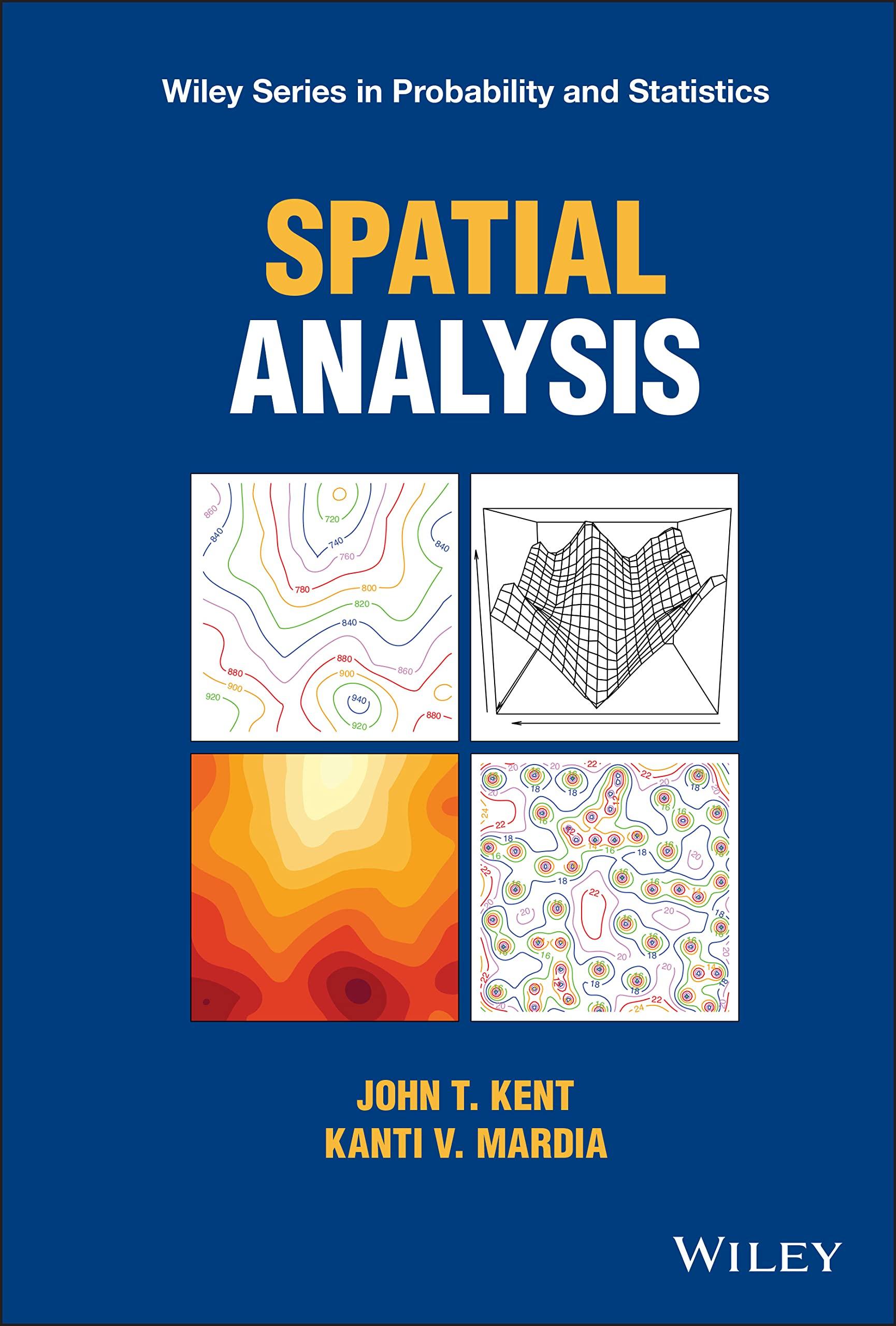2.9 Start with a random variable Y following a gamma distribution with index ???? > 0 and...
Question:
2.9 Start with a random variable Y following a gamma distribution with index
???? > 0 and scale parameter ???? > 0, with density ???????? y????−1 exp(−????y)∕Γ(????), y > 0.
Then the reciprocal U = 1∕Y has density g(u) = ????????u−????−1e−????∕u∕Γ(????), u > 0.
(a) Using, e.g. Gradshteyn and Ryzhik (1980, p. 340, equation (9)), show that the Laplace transform of g(u) is given by ĝ(s) = ∫
∞
0 g(u)e−su du = 2
Γ(????)
(????s)
????∕2 K???? (2
√
????s), s > 0.
(b) Hence, using Theorem 2.4.1 show that the function
????(h) = c1 21−????
Γ(????)
(r∕c2)
????K???? (r∕c2), r = |h|, h ∈ ℝd, is positive definite in all dimensions d where c1 > 0 is a scale parameter and c2 > 0 is a range parameter. An alternative proof of this result was given in Exercise 2.4(c).
(c) For index ???? = 1∕2, use the identity K1∕2(z) = √????∕(2z)e−z (e.g.
Abramowitz and Stegun, 1964, p. 444, equation (10.2.17)) to show that the Matérn scheme reduces to the exponential scheme in Table 2.2.
(d) Using the fact that the gamma distribution has mean ????∕???? and variance
????∕????2, show that the gamma distribution converges to a point mass at y = 1 as ???? → ∞ with ???? = ????. Hence, deduce that the Gaussian scheme appears as a limiting case of the Matérn scheme.
Step by Step Answer:







